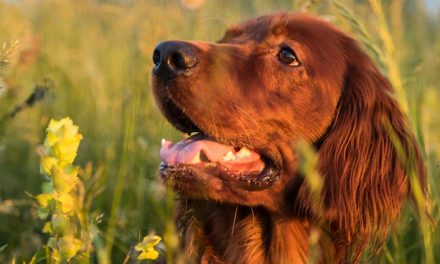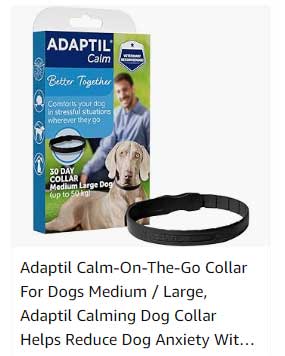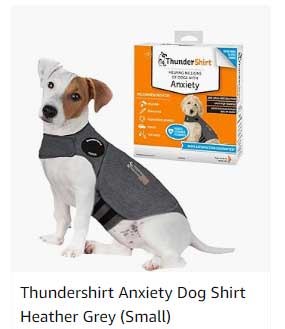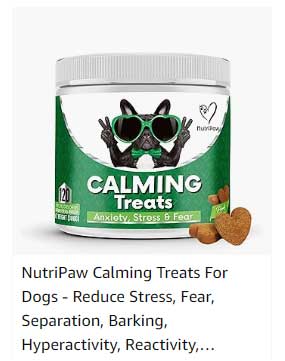You may have encountered moments when your furry friend seems anxious or stressed.
Whether it’s triggered by thunder, loud noises, separation, or even changes in their environment, dog anxiety is a common issue that many pet owners face.
While veterinary interventions and medications can be effective, many dog owners prefer to explore natural remedies first.
Here are some practical and effective ways to help calm your dog’s anxiety naturally.
Understanding Dog Anxiety
Before diving into natural solutions, it is essential to understand what might be causing your dog’s anxiety.
Common triggers include loud sounds, unfamiliar environments, being left alone, changes in routine, or even traumatic past experiences.
Identifying the root cause of your dog’s anxious behavior can help you choose the most appropriate strategies to manage their anxiety.
1. Create a Safe Space
One of the best ways to help an anxious dog is to create a safe, cozy space where they can retreat when they feel overwhelmed.
This could be a quiet room, a corner of a familiar area, or a dog crate with their favorite blankets and toys.
This designated spot should be calm and free of distractions, allowing your dog to relax and feel secure.
2. Use Calming Aids
There are various natural calming aids available that can help relieve dog anxiety.
Essential oils like lavender or chamomile are known for their soothing properties.
You can use a diffuser in a room where your dog spends time, ensuring it’s out of their reach, to create a calming atmosphere.
Additionally, calming collars infused with pheromones or herbal supplements specifically designed for dogs can also be beneficial.
3. Regular Exercise
Physical activity is crucial for managing anxiety in dogs.
Regular exercise not only provides an outlet for excess energy but also helps to release endorphins, which can improve your dog’s mood.
Aim for at least 30 minutes of activity each day, whether it’s going for a long walk, playing fetch, or engaging in stimulating games like agility training.
The more mentally and physically tired your dog is, the less anxious they are likely to feel.
4. Establish a Routine
Dogs thrive on routine, and having a consistent schedule can help reduce anxiety.
Try to feed, exercise, and create opportunities for play at the same times every day.
Consistency can provide your dog with a sense of security, making them feel more at ease with their environment.
5. Calming Music and Sounds
Believe it or not, music can influence your dog’s mood.
Many dog owners have found that playing calming music or sounds can help ease anxiety.
Some companies even offer music specifically designed for dogs, with a rhythm and melody that promote relaxation.
You can also try white noise machines or nature sounds during stressful situations, like thunderstorms or fireworks.
6. Training and Socialization
Training your dog to respond positively to various environments and situations can significantly reduce anxiety.
Positive reinforcement training techniques help promote confidence and can desensitize your dog to common stressors.
Additionally, socializing your dog with other animals and experiences in a controlled and positive manner helps them learn to cope with new situations.
7. Natural Supplements
There are numerous natural supplements available that can help alleviate anxiety in dogs.
Ingredients like L-theanine, valerian root, and melatonin can promote relaxation and improve overall well-being.
Always consult with your veterinarian before starting any new supplement regimen to ensure it’s appropriate for your dog.
8. Offer Plenty of Love and Attention
Sometimes, what your dog needs most is simple affection and reassurance. Spend quality time with your pet, offering gentle pats, soothing words, and plenty of cuddles.
Being present for your dog during anxious moments can provide them with the comfort they require.
In Conclusion
Calming dog anxiety naturally takes time and patience, but with dedicated effort, you can help your dog feel more secure and relaxed.
By creating a safe environment, engaging in regular exercise, and exploring natural remedies, you can greatly improve your dog’s quality of life.
Always remember to consult with a veterinarian for advice tailored specifically to your dog’s needs, ensuring that you’re providing the best care possible.
Your dog may not be able to express their feelings the way we do, but with your love and support, they can learn to manage their anxiety and feel at peace.










